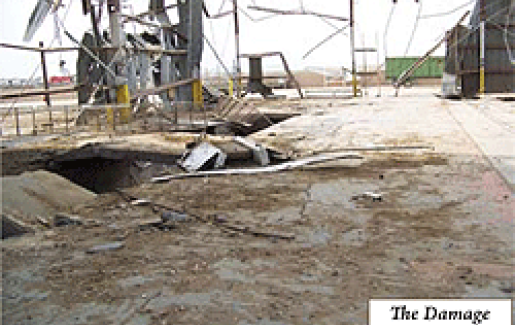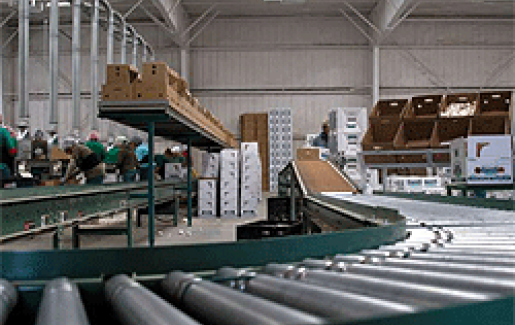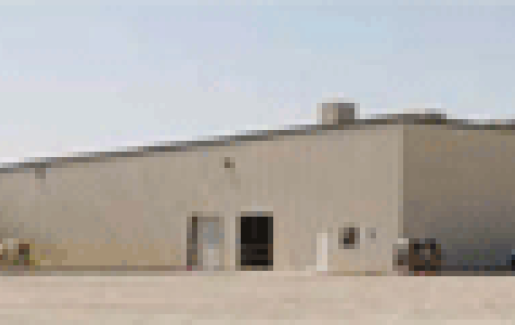Harris Ranch
A major gas explosion destroyed the Harris garlic processing facility, killing one employee and destroying the building, an old cotton gin, and the…
As a result of all your fine efforts, we have been able to rebuild a new facility, larger than the one we lost; installed a state-of-the-art packing line; and have improved our site facility all for the amount of the settlement… We would not have been able to accomplish this without the tenacious efforts of Adjusters International Team.
Descripción
A major gas explosion destroyed the Harris garlic processing facility, killing one employee and destroying the building, an old cotton gin, and the company’s processing line. Tunnels below ground were partially damaged and most of an eight-inch slab above the tunnels was damaged or destroyed. Harris was in jeopardy of losing an entire garlic packing season. Insurers for Harris proposed a settlement of approximately $500,000. Adjusters International was retained and settled the claim for more than $2 million.
Problemas
- Is Harris entitled to the cost of repairing the unused tunnel systems? Are concrete tunnels the same as foundations below the ground, and therefore entitled to additional coverage? The insurers suggested that the tunnels below ground could be back-filled with gravel and dirt and a new slab poured on top as these tunnels were no longer in use. Would the proposed repair method work and/or be acceptable to Harris?
- Can Harris build at a different location and still collect code upgrade additional coverages?
- Insurers argued that since the cotton gin building was obsolete, all that Harris should be compensated for would be a building of similar utility at a much lower cost than true replacement. Is this argument correct?
- Insurers suggested that the garlic processing line was salvageable and could be repaired. The line as-built was no longer manufactured. Is Harris entitled to a new computerized system even though the old system had no computer and was manually operated? If so, would it be considered the equivalent of what was there before the explosion?
- Could a temporary location for processing be found and a line installed before the packing season? If not, what would be the consequences? Would extra expense insurance cover the cost of a new electrical system in an existing building for temporary packing?
Soluciones Aplicadas
- Adjusters International team argued that pursuant to the language in the insurance policy, Harris was entitled to collect the actual cost to repair/replace the building as it was—tunnels and all—and use the settlement proceeds as they wished at any location. A team of experts prepared a scope of repairs to the building, tunnel system and the foundation of the existing building. Adjusters International was able to convince the insurers that the tunnels represented foundations below the surface of the ground and as such would be subject to additional coverages available under the policy.
- Adjusters International argued that the policy supported rebuilding at a new location up to the cost of repair and rebuilding at the old location. They also argued that code costs associated with bringing the old building up to code would be available at the new location.
- The team determined that the processing line was obsolete and no longer manufactured. They obtained cost quotes that supported the argument that to rebuild the old line would far exceed the cost to replace the line with one using current technology. They obtained an agreement with the insurers that even though the equipment was not identical with the lost line, it did the same job with the addition of computerized technology.
- Parts of the old packing line were salvaged and installed as a makeshift line in a vacant hay shed owned by Harris and new electrical lines installed. Harris was able to continue their processing and with the addition of overtime and extended shifts, lost no productivity. In turn Adjusters International was able to obtain full reimbursement for their overtime, as well as all costs associated with installing the line.
Salir
With the insurance proceeds available as a result of Adjusters International’s efforts, Harris was able to build a state of the art garlic processing facility in a new location that would be better for Harris’ business. Harris now has the only state-of-the-art processing line in The Valley and, as such, has benefited by needing fewer employees and attracting better employees to get the same job done quicker and more efficiently.



